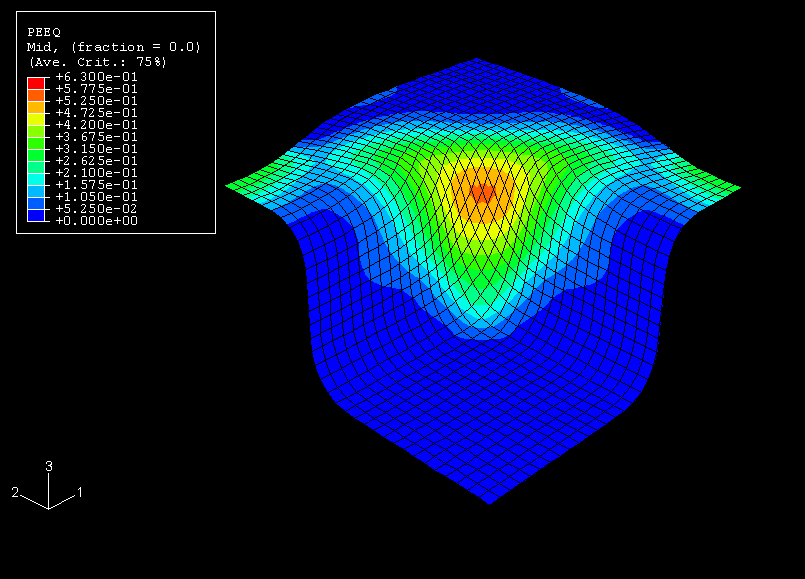
I recommend using the journal file as a blueprint in which all click-events have to be replaced using well known variables, defined by yourself. Solution: Define side1Edges1 using variables you defined from Scratch in the preceding lines of your python script. You can then modify the coordinates in order to customize your journal file and to select the edge you like to use in subsequent modeling steps. In the new journal the command getSequenceFromMask(mask=('', ), ) will by replaced by a selection based on coordinates to represent your recorded GUI-click. You can then save your project, preferably with a new name, and use the newly created journal.

You can, most of the time, omit clicking the GUI again by executing your old journal after issuing the command above. Into the Abaqus command line at the bottom of Abaqus CAE to set the members replayGeometry and recoverGeometry of your JournalOptions object to COORDINATE and repeat the recording of your journal. Solution: Paste the command (replayGeometry=COORDINATE, recoverGeometry=COORDINATE) However, this is not very helpful if your trying to customize your journal file to select another geometry element to work with. This means you clicked the GUI to select an edge and the result is the getSequenceFromMask()-method acting on s1 which is a set of all edges of the instance 'kolo-1'.Īccording to Abaqus Scripting Reference Guide 6.14 - 7.2.2 the method getSequenceFromMask() is highly efficient when a large number of objects are involved. This method is the recording of the selection you performed by clicking the GUI during the recording. Therefore, the variable side1Edges1 is defined in your journal using the getSequenceFromMask()-method. You recorded the above journal using the macro manager with default journal options. If I do a single strain query outside any Python loop it takes 0.04 seconds, so I know this is not an issue with the Python loop. Why is this taking so long? How can I accelerate this? At this rate (0.035 queries/second), it would take me 2 hours to extract the data for my model with 200,000 elements. The issue is the for loop that loads the strain values into a list is taking a long time (35 seconds for 1000 elements). With open("mises.pickle", "wb") as input_file: from odbAccess import openOdbĮ.append(.values.data)

ABAQUS 6.14 SLOW CODE
To do this I built the simple code below that loops through the field output E (strain) for each element and saves it to a list. odb file, named plate2.odb, that I want to extract the strain data from.


 0 kommentar(er)
0 kommentar(er)
